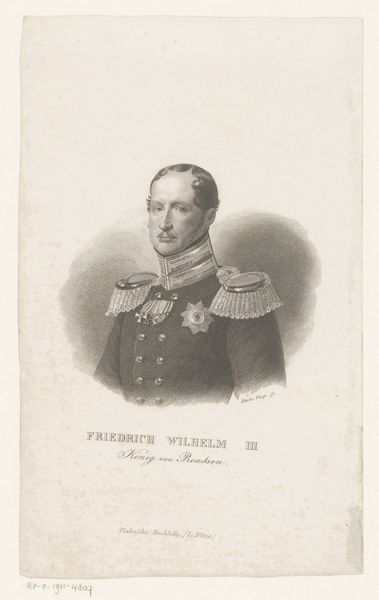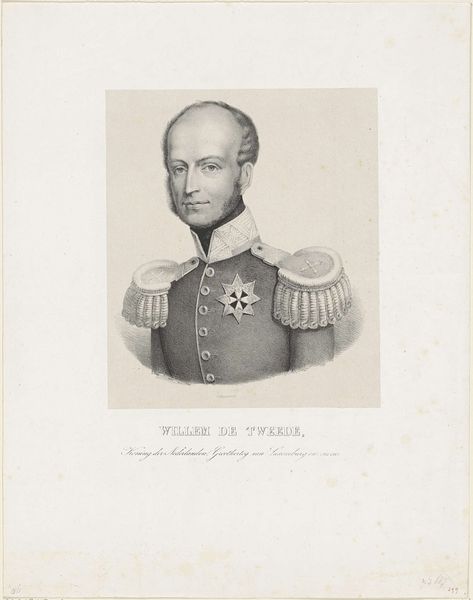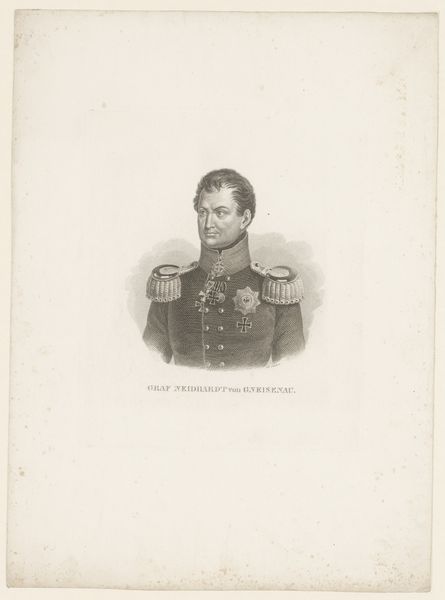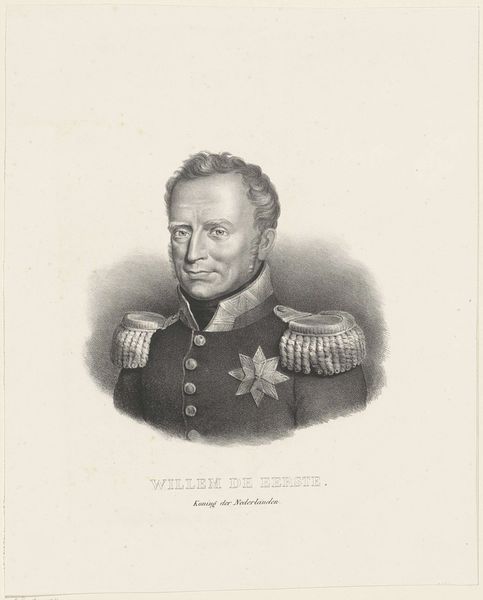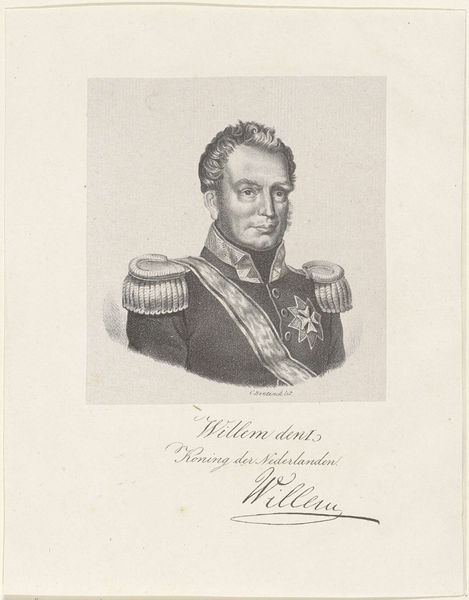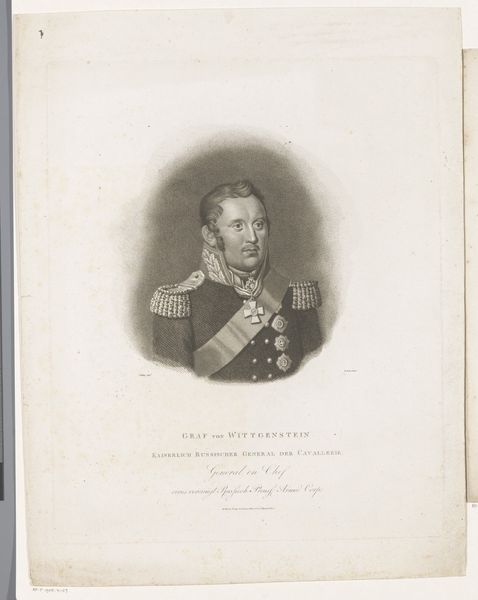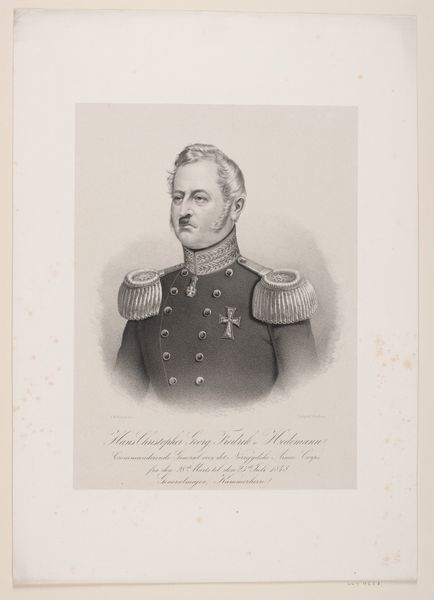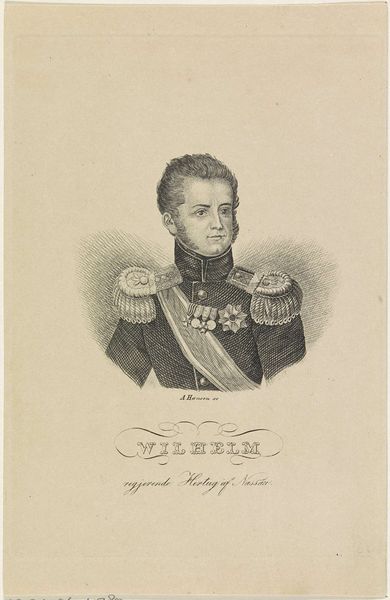
Portret van Willem I Frederik, koning der Nederlanden 1815 - 1847
0:00
0:00
print, engraving
#
portrait
# print
#
old engraving style
#
history-painting
#
academic-art
#
engraving
Dimensions: height 257 mm, width 197 mm
Copyright: Rijks Museum: Open Domain
Editor: This is "Portret van Willem I Frederik, koning der Nederlanden," or "Portrait of William I Frederick, King of the Netherlands," by Pieter van der Meulen, made between 1815 and 1847. It's an engraving, which is something I haven't seen up close before, but the precision of the lines, achieved entirely mechanically, fascinates me. What can you tell me about it? Curator: This portrait offers a compelling look into the commodification of power. Consider the context: the printmaking process allowed for mass production and distribution of the King's image. How does this mass dissemination, using relatively inexpensive materials and a mechanical process, challenge the traditional exclusivity and aura associated with royal portraiture? Editor: It's interesting to think about a royal image becoming accessible to the masses. I guess I always pictured royal portraits as unique, commissioned pieces meant only for the wealthy elite. Curator: Precisely! And we should think about who produced this. The engraver, Van der Meulen, and the printing establishment--they become integral in shaping public perception. What implications might that have? Did they have any degree of freedom in depicting the King? Or was it tightly controlled to present a specific, favorable image? Also, note the text at the bottom - it speaks to production and price. Editor: So, instead of just seeing a portrait of a king, we're looking at a product of labor and materials, circulated within a specific economy of images? Curator: Exactly! We're witnessing the beginnings of modern image culture, where even authority is, in a way, manufactured and distributed. Think of it as an early form of propaganda, shaped by the processes of printmaking and consumption. What does it mean that Willem I allowed himself to be represented this way? Editor: This gives me so much to think about. I'm beginning to see portraits as active participants in the political landscape, not just passive representations of power. Curator: Indeed! By examining the material conditions and means of production, we can gain a much deeper understanding of the artwork's cultural function and social impact.
Comments
No comments
Be the first to comment and join the conversation on the ultimate creative platform.
